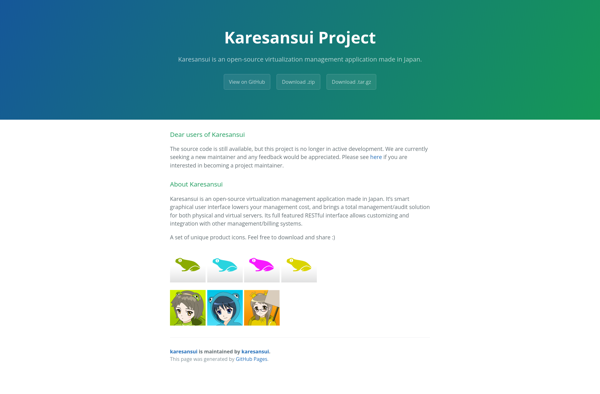Proxmox Virtual Environment
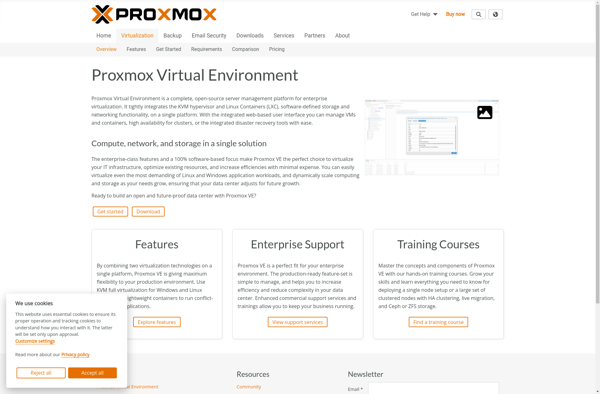
Proxmox Virtual Environment (Open-Source Server Virtualization)
Proxmox Virtual Environment (Proxmox VE) is an open-source server virtualization platform based on QEMU/KVM virtualization and LXC containers. It provides a web-based GUI for managing VMs and containers.
What is Proxmox Virtual Environment?
Proxmox Virtual Environment (Proxmox VE) is an open-source server virtualization management solution based on QEMU/KVM virtualization and LXC containers. It allows you to manage virtual machines and containers using a web-based GUI. Key features include:
- Hypervisor built on Linux Kernel-based Virtual Machine (KVM) technology for virtualization
- Linux Containers (LXC) for container-based virtualization
- Web-based management GUI for managing VMs and containers
- High Availability (HA) clustering for redundancy and failover
- Virtual networking and SDN with openvswitch
- Integrated storage solutions including ZFS, Ceph, iSCSI
- Ability to live migrate virtual machines between nodes
- REST API and command line interface for automation/management
- Built-in graphical console and shell access to VMs
Some key advantages of Proxmox VE include its open-source model, flexibility, active development community, tight integration, simplified management, and low cost. It can be used to build private clouds, virtual desktop infrastructure (VDI), and runs well on commodity hardware.
Proxmox Virtual Environment Features
Features
- Kernel-based Virtual Machine (KVM) hypervisor
- Linux Containers (LXC)
- Web-based GUI for management
- High Availability (HA) clustering
- Live Migration of virtual machines
- Software-defined networking
- Storage backends like Ceph, ZFS, iSCSI
- REST API
Pricing
- Open Source
- Subscription-Based (Proxmox VE Enterprise)
Pros
Cons
Official Links
Reviews & Ratings
Login to ReviewNo reviews yet
Be the first to share your experience with Proxmox Virtual Environment!
Login to ReviewThe Best Proxmox Virtual Environment Alternatives
Top Network & Admin and Virtualization and other similar apps like Proxmox Virtual Environment
Here are some alternatives to Proxmox Virtual Environment:
Suggest an alternative ❐AWS Firecracker
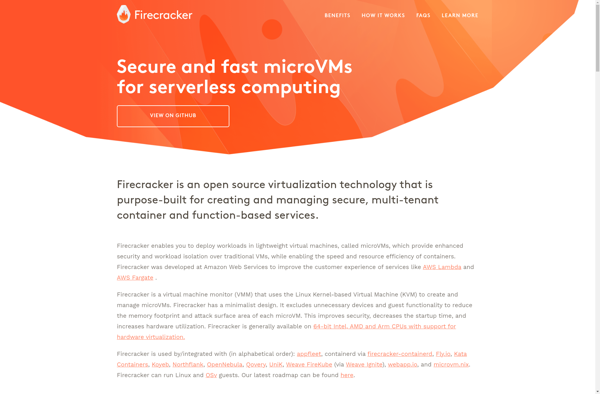
VirtualBox
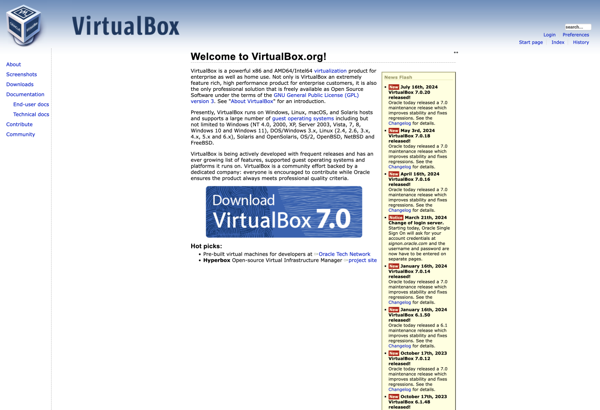
OpenStack

Unraid
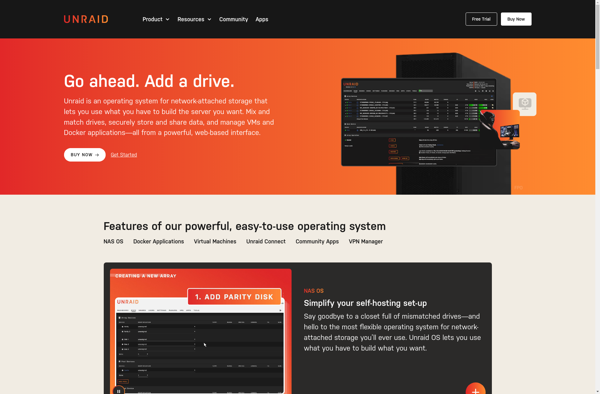
VMware vSphere Hypervisor
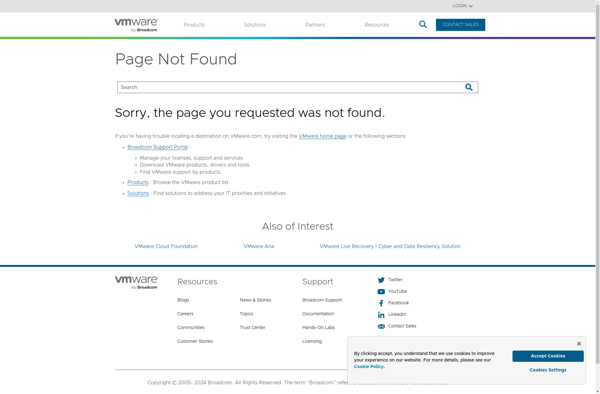
Webmin
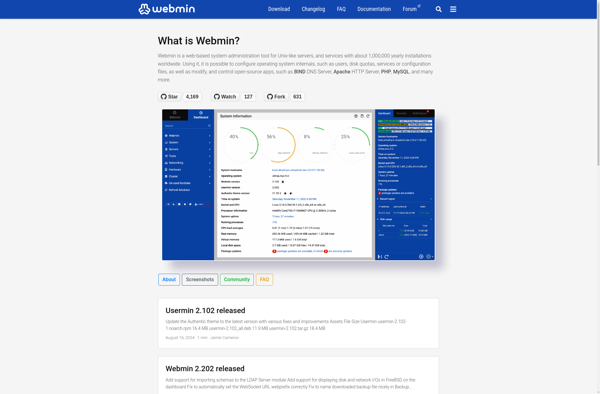
Microsoft Hyper-V Server

Virtualizor
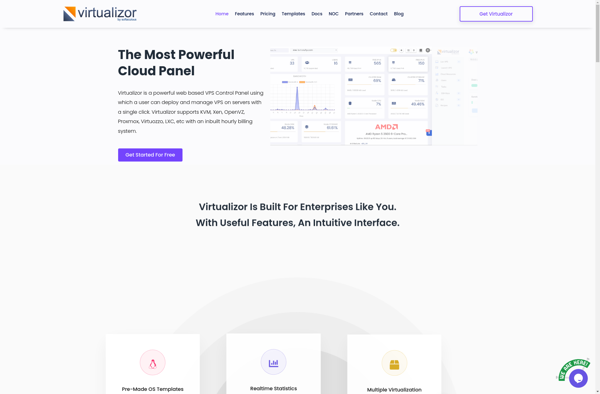
Multipass
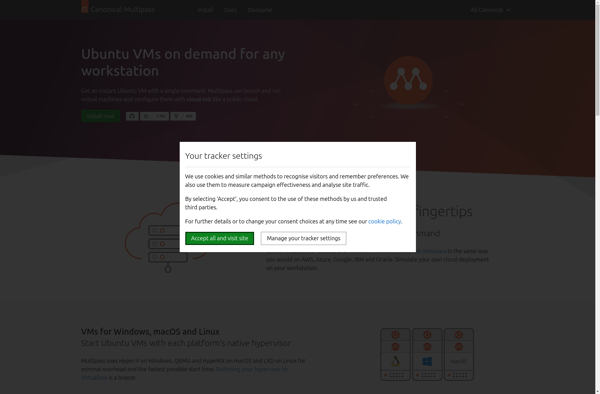
Paperspace
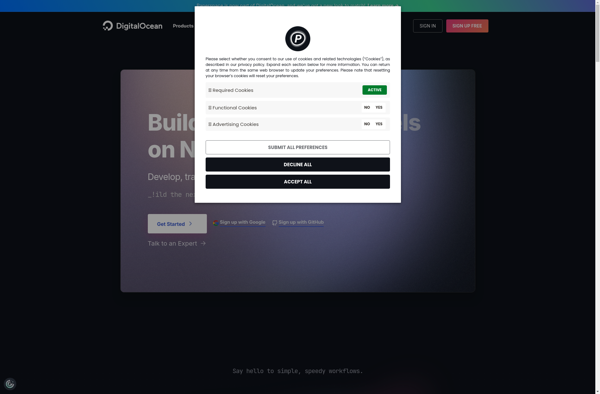
UCS Virtual Machine Manager
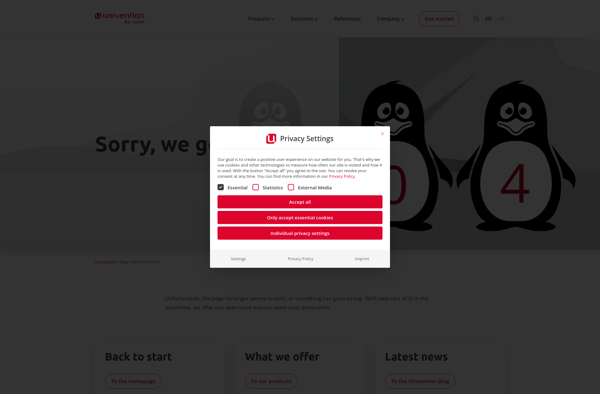
Archipel
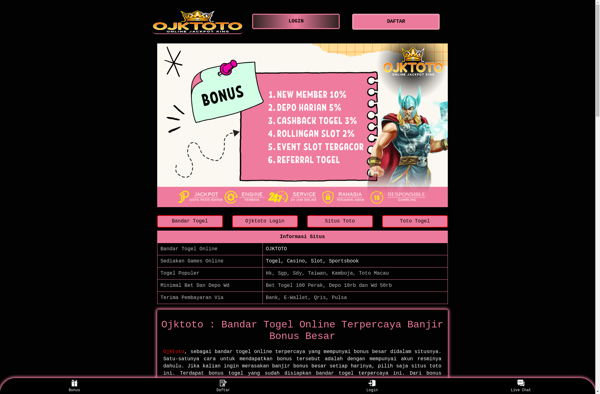
Vmango

SolusVM
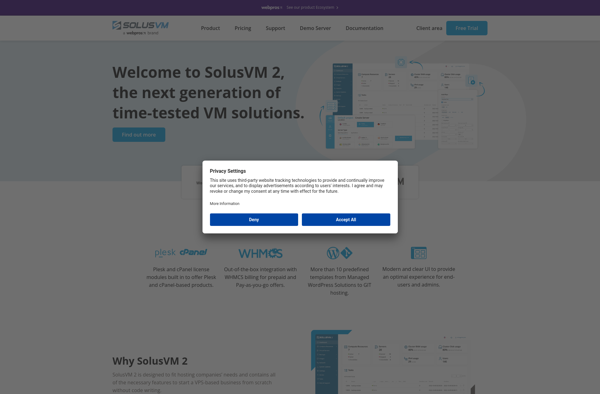
VirtEngine
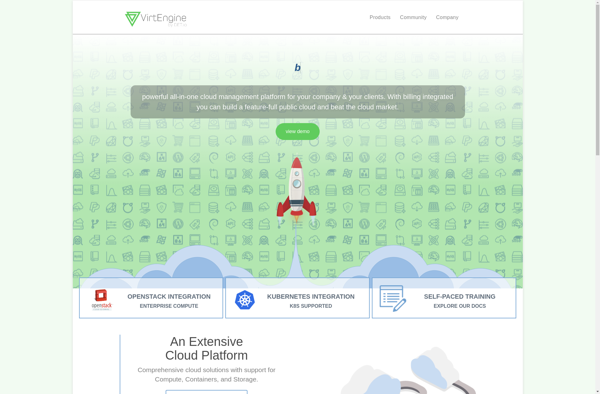
Danube Cloud
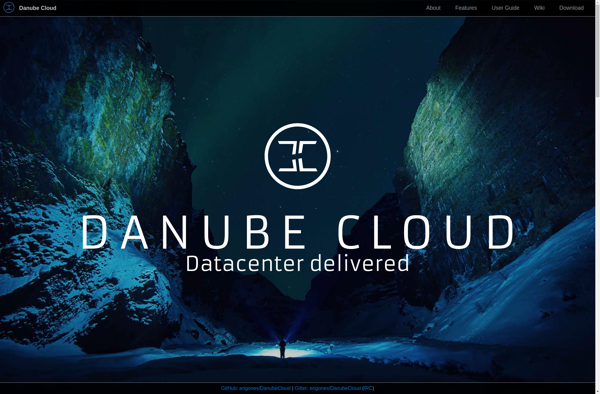
XCP-ng
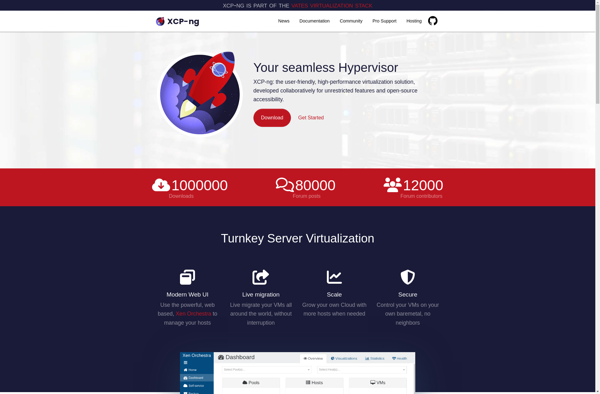
OVirt
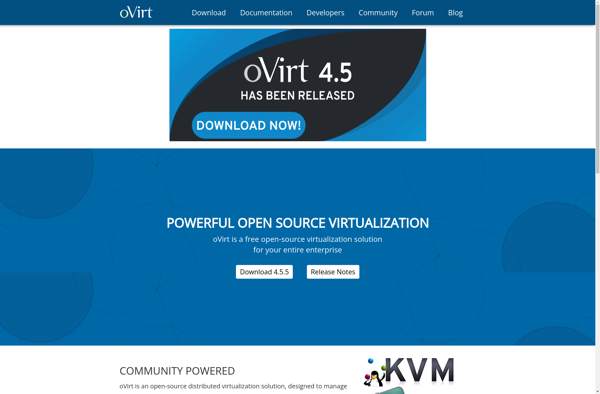
OpenNebula
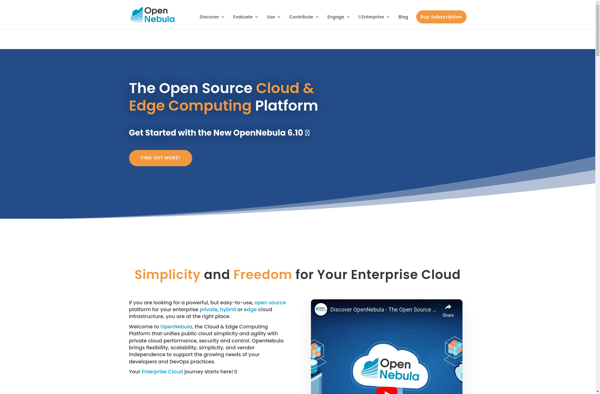
Cloudmin

Bhyve
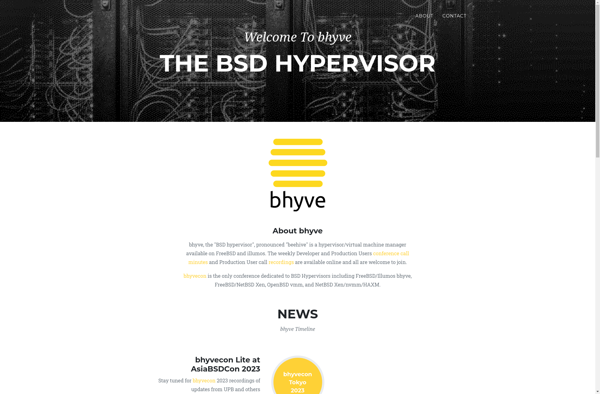
VMmanager
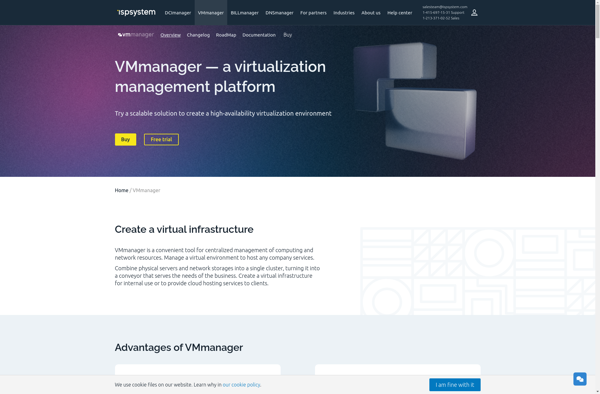
VirtualBuddy
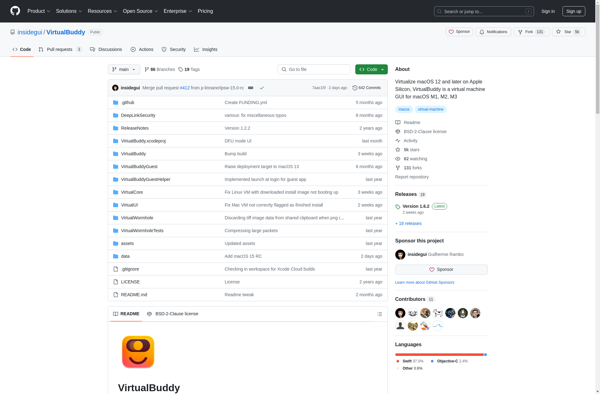
Fleio

OpenNode Cloud Platform
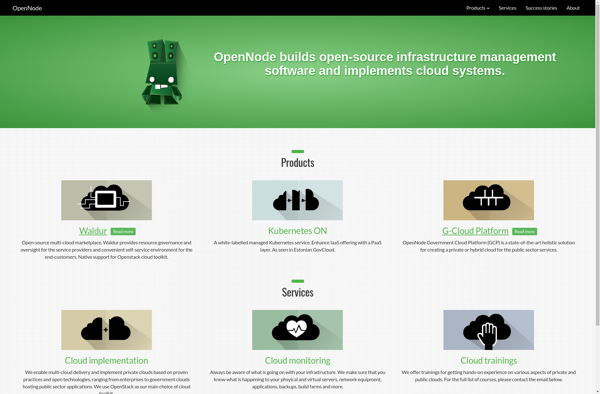
Virtkick
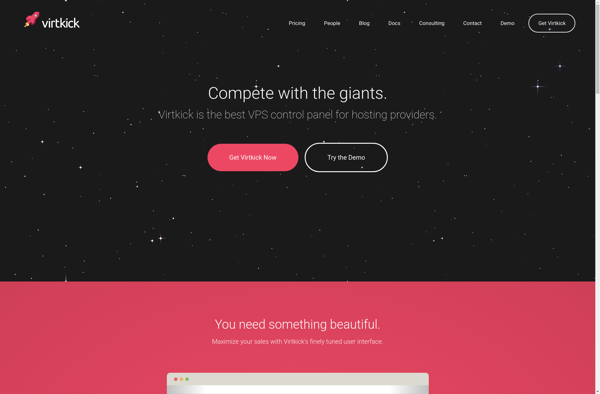
Kimchi
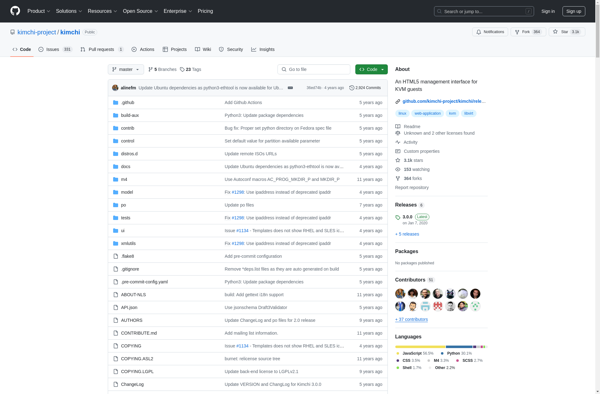
Cloudmatic
SmartOS
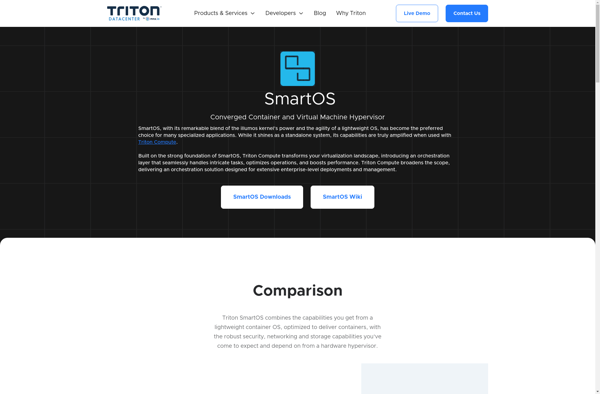
ZeroStack
Karesansui
